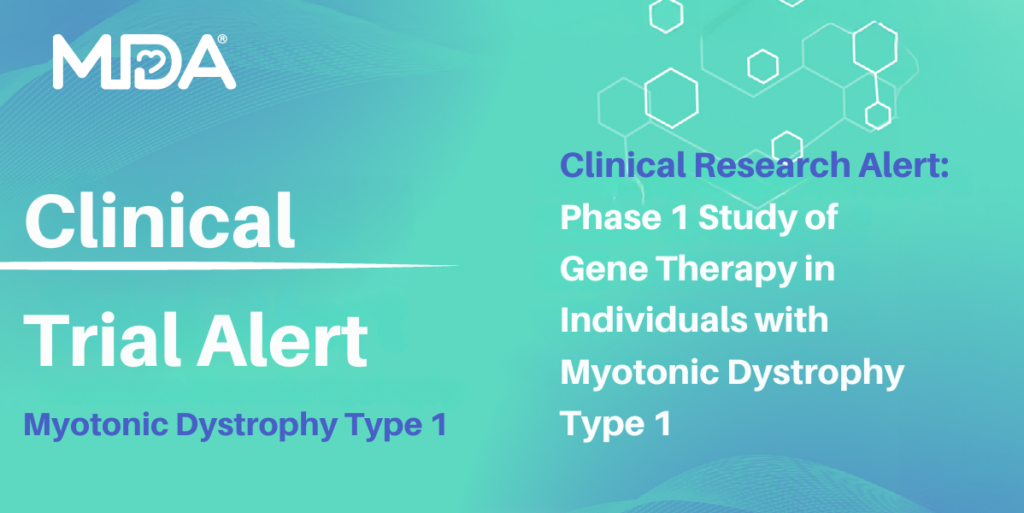
FDA Approves Sarepta Therapeutics’ Amondys 45 for Treatment of DMD Amenable to Skipping Exon 45
By Sujatha Gurunathan | Thursday, February 25, 2021
On Feb. 25, the US Food and Drug Administration (FDA) granted accelerated approval to casimersen (Amondys 45) for the treatment of Duchenne muscular dystrophy (DMD) in patients amenable to skipping exon 45. It is the fourth exon-skipping, disease-modifying drug to treat DMD, the most common childhood form of muscular dystrophy. The drug is administered by intravenous infusion. Amondys 45 will be made available in the United States and marketed by Sarepta Therapeutics.
In the last five years, three targeted exon-skipping drugs have been approved by the FDA to treat DMD: Exondys 51 and Vyondys 53 from Sarepta Therapeutics and Viltepso from NS Pharma. Exondys 51 was the first targeted therapy approved to treat DMD in a subset of patients with a genetic mutation amenable to skipping exon 51, while Vyondys 53 and Viltepso were approved in December 2019 and August 2020, respectively, to treat another subset of patients with a mutation amenable to skipping exon 53. Amondys 45 is designed to treat a third subset of patients with DMD, specifically those with a mutation amenable to skipping exon 45. Approval of Amondys 45 represents another significant step forward in the development of therapies for DMD that target the root cause of the disease.
“We celebrate the approval of Amondys 45, which represents the third exon-skipping drug from Sarepta and the fifth drug approved for Duchenne muscular dystrophy,” says MDA’s Executive Vice President and Chief Research Officer Sharon Hesterlee, PhD. “MDA funded the development of this technology in the laboratory of Dr. Steve Wilton in the 1990s and it’s very gratifying to see that technology being extended by Sarepta to benefit more and more Duchenne families.”
DMD is caused by mutations in the dystrophin gene (DMD) on the X chromosome that result in little or no production of dystrophin, a protein essential to keeping muscle cells intact. Amondys 45 is called an “exon-skipping” drug in that it is designed to target and promote skipping over a section of genetic code in order to avoid the gene mutation and produce more of the dystrophin protein. It is estimated that up to 8% of patients with DMD have mutations amenable to treatment with Amondys 45. Although treatment with Amondys 45 will not cure DMD, it could slow progression of the disease, which, in turn, could extend the length of time individuals with DMD could walk, eat independently, and breathe without assistance.
Clinical trials support approval of Amondys 45
The FDA based its decision to grant accelerated approval to Amondys 45 on positive results from a global, randomized, double-blind, placebo-controlled phase 3 clinical trial (ESSENCE) that is evaluating the efficacy and safety of the drug in patients with DMD amenable to skipping exon 45. The ESSENCE trial is ongoing and expected to conclude in 2024. The current approval is based on findings that Amondys 45 has met the full statutory standards for safety and effectiveness and demonstrated an increase in dystrophin production in skeletal muscle of patients amenable to exon 45 skipping. Continued approval may be contingent upon verification of a clinical benefit in confirmatory trials.
About SareptAssist
SareptAssist is a patient support program designed to provide patients with information to help navigate the process of starting and staying on therapy. Sarepta’s dedicated team will provide information on insurance benefits, financial assistance options, treatment logistics, options for drug delivery, and ongoing education and support.
MDA’s Resource Center provides support, guidance, and resources for patients and families, including information about the approval of Amondys 45, open clinical trials, and other services. Contact the MDA Resource Center at 1-833-ASK-MDA1 or ResourceCenter@mdausa.org.
About Amondys 45
Amondys 45 uses Sarepta Therapeutics’ exon-skipping technology to target exon 45 of the DMD gene. Exon skipping is a treatment strategy in which sections of genetic code are “skipped” (spliced out, or left out) during the protein manufacturing process, allowing cells to create shortened but partially functional dystrophin protein, the muscle protein missing in DMD. Exon skipping is not a cure for DMD but potentially could lessen the severe muscle weakness and atrophy that is the hallmark of the disease.
Just as individuals with DMD caused by a mutation that would be amenable to skipping exon 51 could benefit from treatment with Exondys 51, those with DMD caused by a mutation that would be impacted by skipping exon 45 potentially could benefit from treatment with Amondys 45.
The FDA’s decision to approve Amondys 45 highlights the importance of years of commitment to supporting and funding breakthrough research by MDA and others into gene identification and unlocking the cause of DMD. MDA-supported research has been central to the development of the exon-skipping approach behind the currently approved therapies. MDA has funded foundational work upon which the strategy was built, as well as extensive research into the strategy over subsequent years. Laboratory development of exon-skipping therapies began in the 1990s, including the notable, MDA-funded work by Dr. Wilton and colleagues. Their work led to the invention of what would later become Exondys 51, Vyondys 53, Viltepso, and Amondys 45.
Since its inception, MDA has committed more than $218 million to DMD and Becker muscular dystrophy research and more than $1 billion across the spectrum of neuromuscular diseases.
To learn more about the approval of Amondys 45, read the company’s press release. For more information about the Essence trial, visit ClinicalTrials.gov and enter “NCT02500381” into the search box.
TAGS: Clinical Trials, Drug Approval, Exon Skipping, Healthcare, Innovation
TYPE: Blog Post
Disclaimer: No content on this site should ever be used as a substitute for direct medical advice from your doctor or other qualified clinician.




